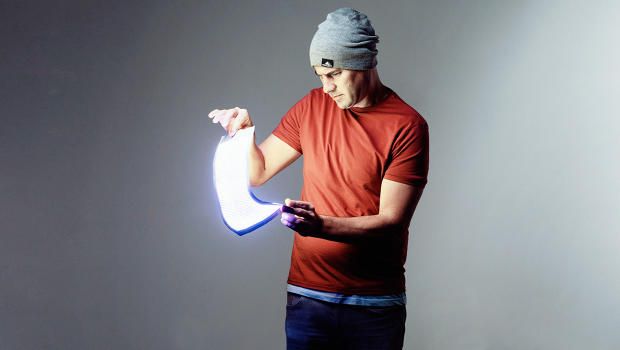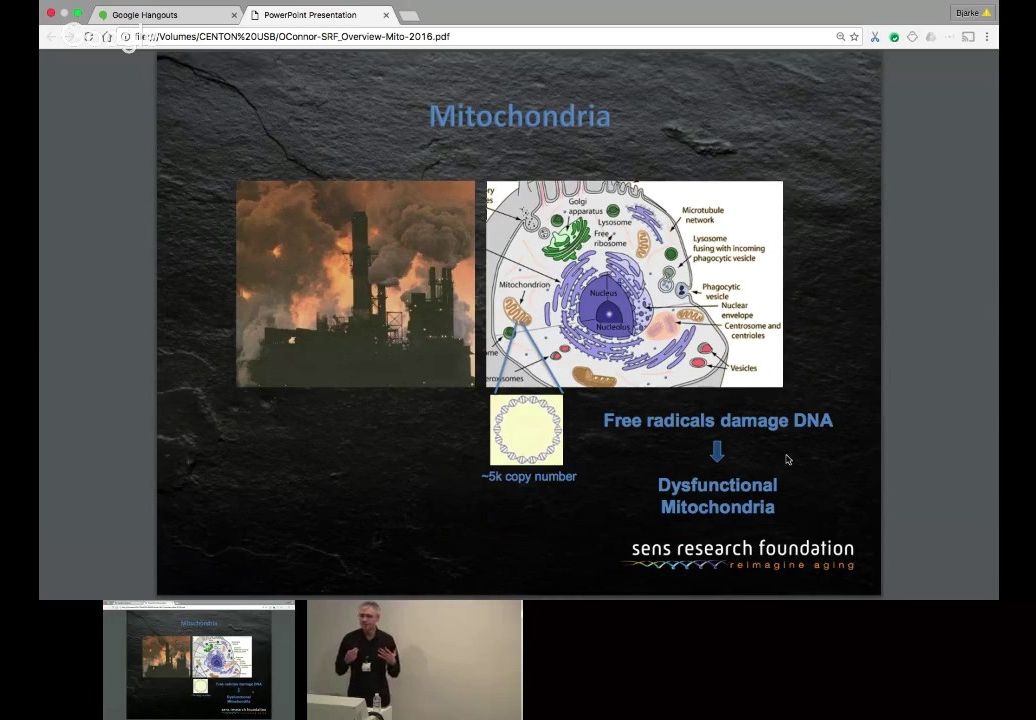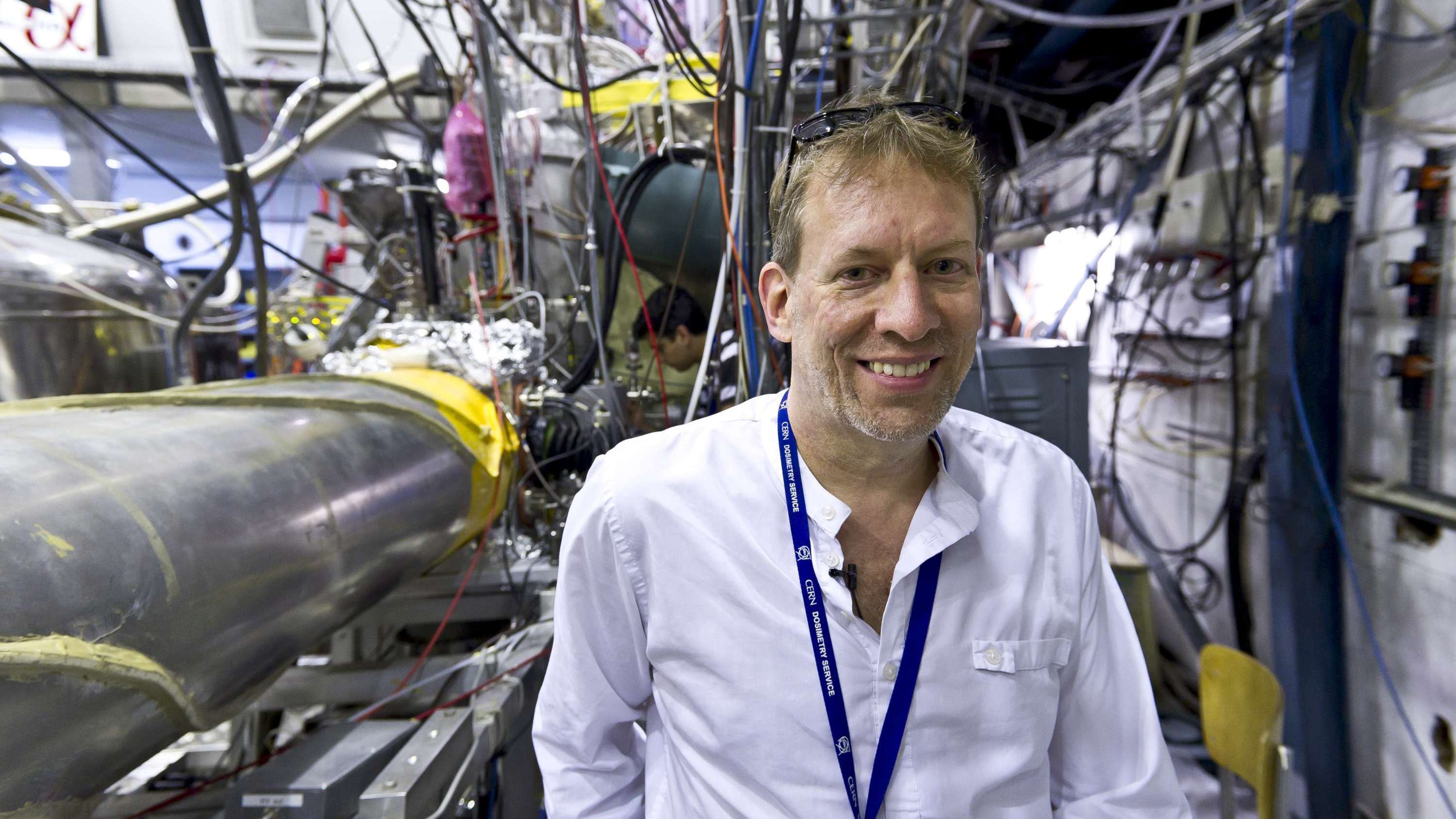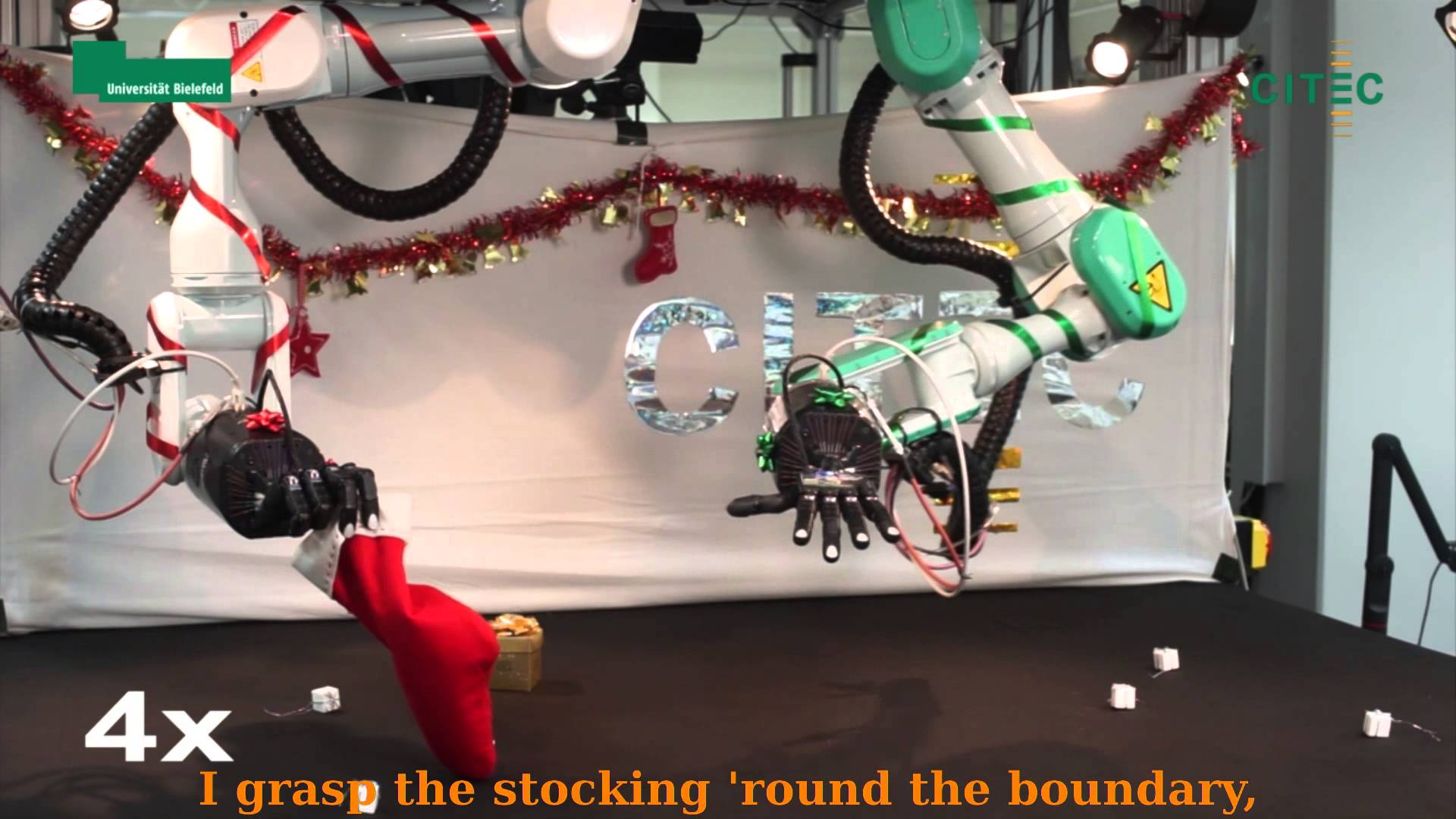With micro-LEDS, Rohinni aims to advance product lighting, starting with laptops.
Decline of the immune system is one of the areas SENS are working on, with just over a week left for the Winter Fundraiser and Triple donation match now is the time to support their work!
Immunosenescence is a key process in aging and rejuvention or replacement of the thymus which gradually wastes away as we age exposing us to pathogens is an important step in dealing with age-related diseases. SENS is working on these problems so if you want to see solutions please consider donating to our Winter Fundraiser today on the link below:
“As we age and are exposed to persistent pathogens, especially cytomegalovirus, ever more of the T cell population becomes specialized in ways that remove the ability to deal with new threats. A flood of new immune cells would help to restore the balance, and in recent years researchers have demonstrated that transplanting a young and active thymus into an old mouse does in fact restore measures of immune function, and extends life span as well.”
Light therapy kills cancer in new no surgery, no chemo approach.
A new non-surgical treatment for low-risk prostate cancer can effectively kill cancer cells while preserving healthy tissue, reports a new UCL-led phase III clinical trial in 413 patients. The trial was funded by STEBA Biotech which holds the commercial license for the treatment.
The new treatment, ‘vascular-targeted photodynamic therapy’ (VTP), involves injecting a light-sensitive drug into the bloodstream and then activating it with a laser to destroy tumour tissue in the prostate. The research, published in The Lancet Oncology, found that around half (49%) of patients treated with VTP went into complete remission compared with 13.5% in the control group.
“These results are excellent news for men with early localised prostate cancer, offering a treatment that can kill cancer without removing or destroying the prostate,” says lead investigator Professor Mark Emberton, Dean of UCL Medical Sciences and Consultant Urologist at UCLH. “This is truly a huge leap forward for prostate cancer treatment, which has previously lagged decades behind other solid cancers such as breast cancer. In 1975 almost everyone with breast cancer was given a radical mastectomy, but since then treatments have steady improved and we now rarely need to remove the whole breast. In prostate cancer we are still commonly removing or irradiating the whole prostate, so the success of this new tissue-preserving treatment is welcome news indeed.”
The biotech battle between China and the US has begun as we predicated when we announced the first CRISPR deployment in humans last month. The US has upped the ante and is taking a step further in the race for the biotech crown. All great news for us as the more competition the faster progress will move so let’s hope there is a fierce battle for biotech coming.
In 2015, a little girl called Layla was treated with gene-edited immune cells that eliminated all signs of the leukemia that was killing her. Layla’s treatment was a one-off, but by the end of 2017, the technique could have saved dozens of lives.
It took many years to develop the gene-editing tool that saved Layla, but thanks to a revolutionary method known as CRISPR, this can now be done in just weeks.
In fact, CRISPR works so well that the first human trial involving the method has already begun. In China, it is being used to disable a gene called PD-1 in immune cells taken from individuals with cancer. The edited cells are then injected back into each person’s body.
Google Tech Talk with the SENS Research Foundation!
Commentary about our recent Google Tech Talk about the MitoSENS project from FightAging!
“As the clock ticks on this year’s SENS rejuvenation research fundraiser — less than two weeks to go now, and plenty left in the matching fund for new donations — it is good to be reminded of the progress that the SENS Research Foundation has accomplished with the charitable funding of recent years. With that in mind, today I’ll point you to a recent Google Tech Talk that provides a layperson’s introduction to one of the projects that our community has funded, fixing the problem of mitochondrial damage in aging. The point of the SENS (Strategies for Engineered Negligible Senescence) research programs is to accelerate progress towards specific forms of therapy that can bring aging under medical control.”
In a technological tour de force, scientists have developed a new way to probe antimatter.
For the first time, researchers were able to zap antimatter atoms with a laser, then precisely measure the light let off by these strange anti-atoms. By comparing the light from anti-atoms with the light from regular atoms, they hope to answer one of the big mysteries of our universe: Why, in the early universe, did antimatter lose out to regular old matter?
“This represents a historic point in the decades-long efforts to create antimatter and compare its properties to those of matter,” says Alan Kostelecky, a theoretical physicist at Indiana University.
Slight variations in the moon’s gravitational tug have hinted that kilometers-wide caverns lurk beneath the lunar surface. Like the lava tubes of Hawaii and Iceland, these structures probably formed when underground rivers of molten rock ran dry, leaving behind a cylindrical channel. On Earth, such structures max out at around 30 meters across, but the gravitational data suggest that the moon’s tubes are vastly wider.
Other satellites had found the openings of large lunar lava tubes and caves.
- The Lunar Reconnaissance Orbiter has now imaged over 200 pits that show the signature of being skylights into subsurface voids or caverns, ranging in diameter from about 16 feet (5 meters) to more than 2,950 feet (900 m), although some of these are likely to be post-flow features rather than volcanic skylights.
Happy Holidays! The Transhumanist Future of #Christmas! http://motherboard.vice.com/read/the-transhumanist-future-of-christmas #Future
Kids might be disappointed.
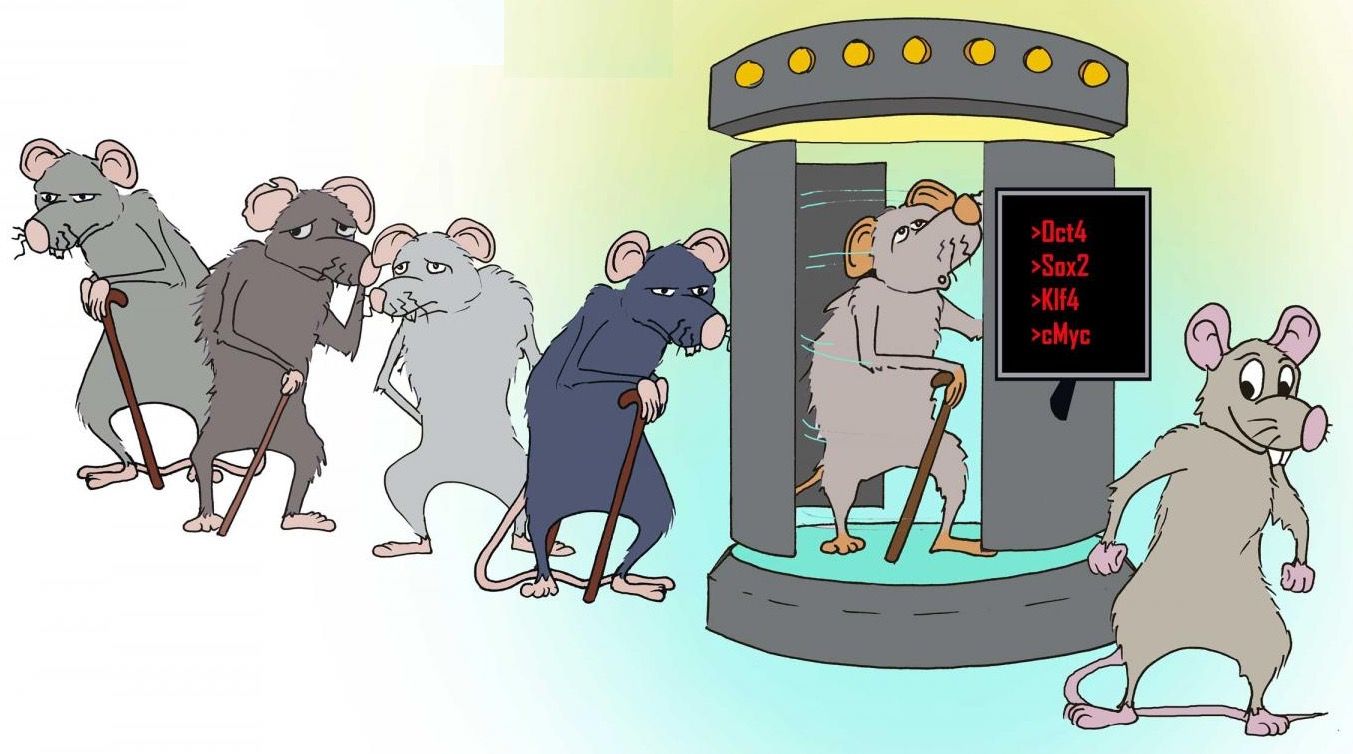
Salk Institute scientists have extended the average lifespan of live mice by 30 percent, according to a study published December 15 in Cell. They did that by rolling back the “aging clock” to younger years, using cellular reprogramming.
The finding suggests that aging is reversible by winding back an animal’s biological clock to a more youthful state and that lifespan can be extended. While the research does not yet apply directly to humans, it promises to lead to improved understanding of human aging and the possibility of rejuvenating human tissues.
